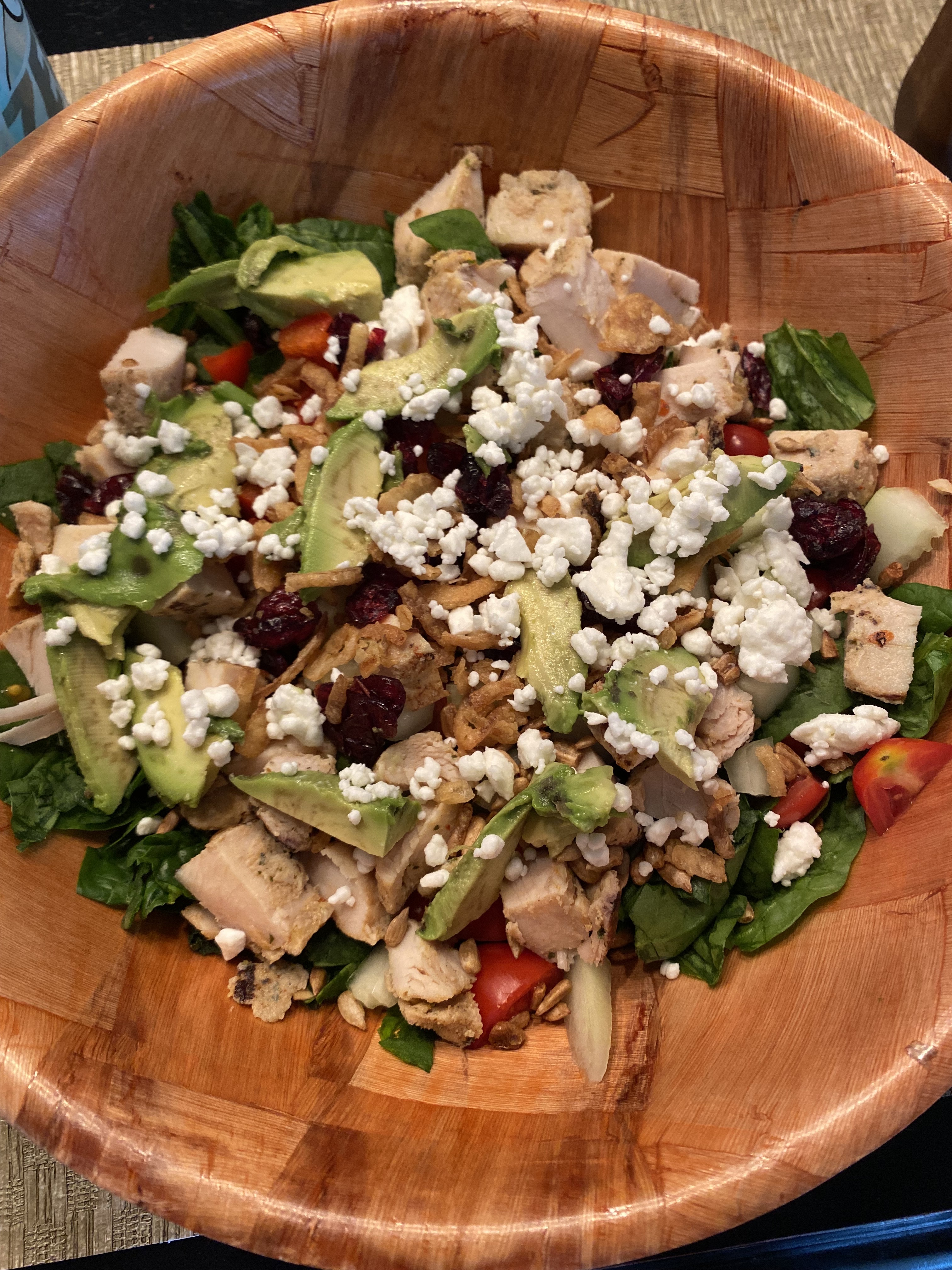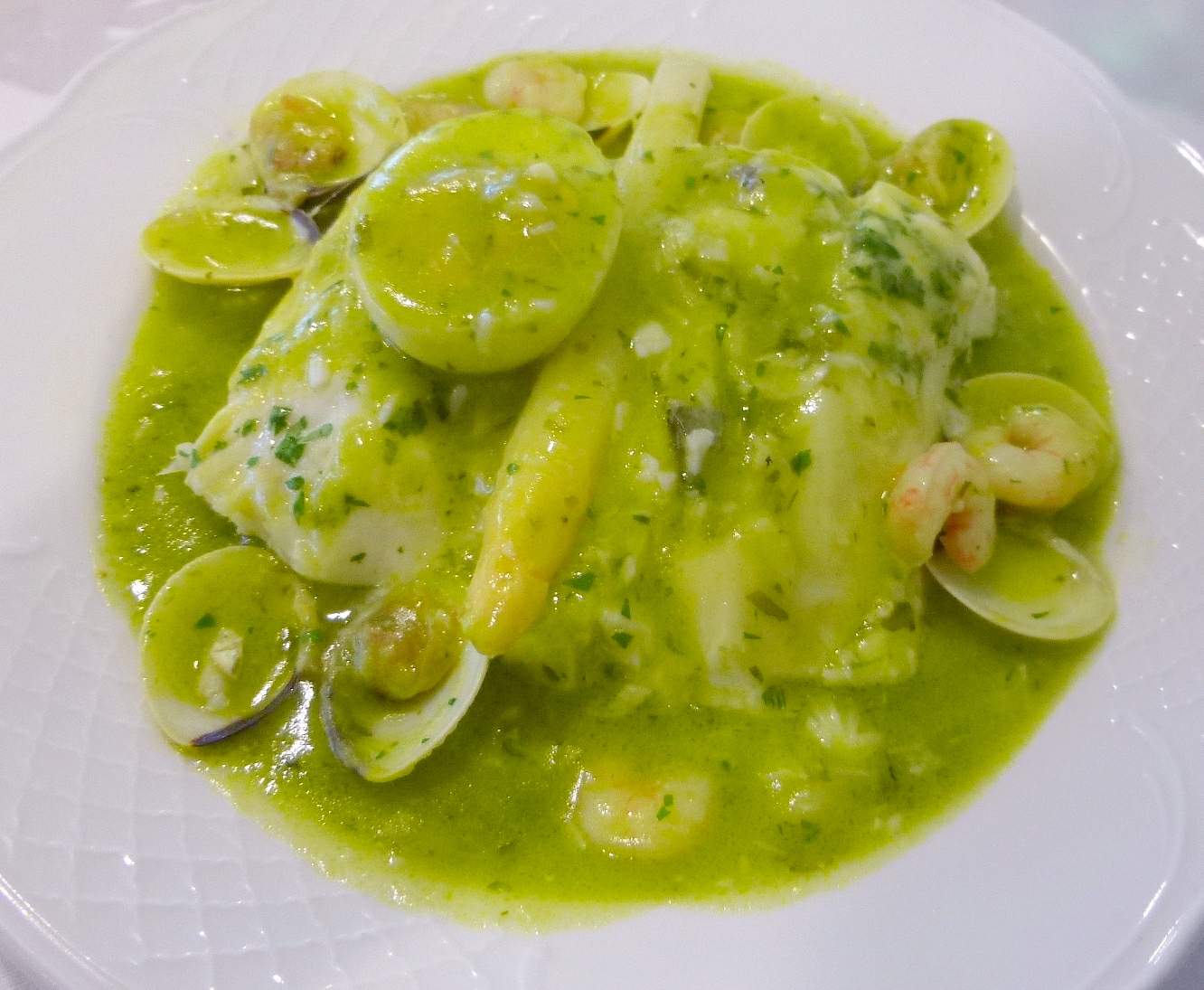|
Ispanakhi Matsvnit
Ispanakhi Matsvnit ( ka, ისპანახი მაწვნით) is a GeorgianThe Georgian Feast: The Vibrant Culture and Savory Food of the Republic of Georgia, p. 134, Darra Goldstein (University of California Press, 1999) salad dish composed of cooked and minced spinach mixed with yoghurt. Garlic, salt and cilantro are added as flavouring to the dish while preparing. See also * Green sauce * Salsa verde In Mexican cuisine, Salsa verde () is a spicy green sauce made from tomatillo and green chili peppers. It dates to the Aztec Empire, as documented by the Spanish physician Francisco Hernández, and is distinct from the various medieval Europe ... * Tzatziki References Georgian cuisine Salads Spinach dishes {{Georgia-cuisine-stub ... [...More Info...] [...Related Items...] OR: [Wikipedia] [Google] [Baidu] |
Georgia (country)
Georgia is a country in the Caucasus region on the coast of the Black Sea. It is located at the intersection of Eastern Europe and West Asia, and is today generally regarded as part of Europe. It is bordered to the north and northeast by Russia, to the south by Turkey and Armenia, and to the southeast by Azerbaijan. Georgia covers an area of . It has a Demographics of Georgia (country), population of 3.7 million, of which over a third live in the capital and List of cities and towns in Georgia (country), largest city, Tbilisi. Ethnic Georgians, who are native to the region, constitute a majority of the country's population and are its titular nation. Georgia has been inhabited since prehistory, hosting the world's earliest known sites of winemaking, gold mining, and textiles. The Classical antiquity, classical era saw the emergence of several kingdoms, such as Colchis and Kingdom of Iberia, Iberia, that formed the nucleus of the modern Georgian state. In the early fourth centu ... [...More Info...] [...Related Items...] OR: [Wikipedia] [Google] [Baidu] |
Georgian Cuisine
Georgian cuisine ( ka, ქართული სამზარეულო, tr) consists of cooking traditions, techniques, and practices of Georgia. Georgian cuisine has a distinct character, while bearing some similarities with various national cuisines of the South Caucasus, the Middle East and Eastern Europe. Every region of Georgia has its own distinct style of food preparation. Eating and drinking are important parts of Georgian culture. Georgia was one of the countries on the Silk Road, which resulted in travelers influencing Georgian cuisine. The Georgian love of family and friends is one of the reasons why the (feast) is so important in Georgia. ''Supra'' is offered spontaneously to relatives, friends or guests. Every has its ( toastmaster), who gives the toast and entertains the guests. Regional traditional cuisines Abkhazia Abkhazian cuisine uses many spices and walnuts. The most popular dishes from Abkhazia are Abysta (, porridge made of corn, similar to the Mar ... [...More Info...] [...Related Items...] OR: [Wikipedia] [Google] [Baidu] |
University Of California Press
The University of California Press, otherwise known as UC Press, is a publishing house associated with the University of California that engages in academic publishing. It was founded in 1893 to publish scholarly and scientific works by faculty of the University of California, established 25 years earlier in 1868. As the publishing arm of the University of California system, the press publishes over 250 new books and almost four dozen multi-issue journals annually, in the humanities, social sciences, and natural sciences, and maintains approximately 4,000 book titles in print. It is also the digital publisher of Collabra and Luminos open access (OA) initiatives. The press has its administrative office in downtown Oakland, California, an editorial branch office in Los Angeles, and a sales office in New York City, New York, and distributes through marketing offices in Great Britain, Asia, Australia, and Latin America. A Board consisting of senior officers of the University of Cali ... [...More Info...] [...Related Items...] OR: [Wikipedia] [Google] [Baidu] |
Salads
A salad is a Dish (food), dish consisting of mixed ingredients, frequently vegetables. They are typically served chilled or at room temperature, though some can be served warm. Condiments called ''salad dressings'', which exist in a variety of flavors, are usually used to make a salad. Garden salads have a base of raw leafy greens (sometimes young "baby" greens) such as lettuce, arugula (rocket), kale or spinach; they are common enough that the word ''salad'' alone often refers specifically to garden salads. Other types of salad include bean salad, tuna salad, bread salads (such as fattoush, panzanella), vegetable salads without leafy greens (such as Greek salad, potato salad, coleslaw), rice-, pasta salad, pasta- and noodle-based salads, fruit salads and dessert salads. Salads may be served at any point during a meal: *Appetizer salads – light, smaller-portion salads served as the first course of the meal *Side dish, Side salads – to accompany the main course as a side d ... [...More Info...] [...Related Items...] OR: [Wikipedia] [Google] [Baidu] |
Spinach
Spinach (''Spinacia oleracea'') is a leafy green flowering plant native to Central Asia, Central and Western Asia. It is of the order Caryophyllales, family Amaranthaceae, subfamily Chenopodioideae. Its leaves are a common vegetable consumed either fresh or after storage, using Food preservation, preservation techniques by canning, Freezing (food), freezing, or Dehydrated food, dehydration. It may be eaten cooked or raw, and the taste differs considerably; the high oxalate content may be reduced by steaming. It is an annual plant (rarely biennial plant, biennial), growing as tall as . Spinach may Overwintering, overwinter in temperate regions. The leaf, leaves are alternate, simple, ovate to triangular, and very variable in size: long and broad, with larger leaves at the base of the plant and small leaves higher on the flowering stem. The flowers are inconspicuous, yellow-green, in diameter, and mature into a small, hard, dry, lumpy fruit cluster across containing several see ... [...More Info...] [...Related Items...] OR: [Wikipedia] [Google] [Baidu] |
Yoghurt
Yogurt (; , from , ; also spelled yoghurt, yogourt or yoghourt) is a food produced by bacterial fermentation of milk. Fermentation of sugars in the milk by these bacteria produces lactic acid, which acts on milk protein to give yogurt its texture and characteristic tart flavor. Cow's milk is most commonly used to make yogurt. Milk from water buffalo, goats, ewes, mares, camels, and yaks is also used to produce yogurt. The milk used may be homogenized or not. It may be pasteurized or raw. Each type of milk produces substantially different results. Yogurt is produced using a culture of ''Lactobacillus delbrueckii'' subsp. ''bulgaricus'' and ''Streptococcus thermophilus'' bacteria. Other lactobacilli and bifidobacteria are sometimes added during or after culturing yogurt. Some countries require yogurt to contain a specific amount of colony-forming units (CFU) of bacteria; for example, in China the requirement for the number of lactobacillus bacteria is at least 1 million ... [...More Info...] [...Related Items...] OR: [Wikipedia] [Google] [Baidu] |
Garlic
Garlic (''Allium sativum'') is a species of bulbous flowering plants in the genus '' Allium''. Its close relatives include the onion, shallot, leek, chives, Welsh onion, and Chinese onion. Garlic is native to central and south Asia, stretching from the Black Sea through the southern Caucasus, northeastern Iran, and the Hindu Kush; it also grows wild in parts of Mediterranean Europe. There are two subspecies and hundreds of varieties of garlic. Garlic has been used for thousands of years as a seasoning, culinary ingredient, traditional medical remedy; it was known in many ancient civilizations, including the Babylonians, Egyptians, Romans, and Chinese, and remains significant in many cuisines and folk treatments, especially across the Mediterranean and Asia. Garlic propagates in a variety of climates and conditions and is produced globally; China is by far the largest producer, accounting for over two thirds (73%) of the world's supply in 2021. Description Garli ... [...More Info...] [...Related Items...] OR: [Wikipedia] [Google] [Baidu] |
Salt
In common usage, salt is a mineral composed primarily of sodium chloride (NaCl). When used in food, especially in granulated form, it is more formally called table salt. In the form of a natural crystalline mineral, salt is also known as rock salt or halite. Salt is essential for life in general (being the source of the essential dietary minerals sodium and chlorine), and saltiness is one of the basic human tastes. Salt is one of the oldest and most ubiquitous food seasonings, and is known to uniformly improve the taste perception of food. Salting, brining, and pickling are ancient and important methods of food preservation. Some of the earliest evidence of salt processing dates to around 6000 BC, when people living in the area of present-day Romania boiled spring water to extract salts; a salt works in China dates to approximately the same period. Salt was prized by the ancient Hebrews, Greeks, Romans, Byzantines, Hittites, Egyptians, and Indians. Salt became a ... [...More Info...] [...Related Items...] OR: [Wikipedia] [Google] [Baidu] |
Cilantro
Coriander (), whose leaves are known as cilantro () in the U.S. and parts of Canada, and dhania in parts of South Asia and Africa, is an annual herb (''Coriandrum sativum'') in the family Apiaceae. Most people perceive the leaves as having a fresh, slightly citrus taste. Due to variations in the gene OR6A2, some people perceive it to have a soap-like taste, or even a pungent or rotten taste. It is native to the Mediterranean Basin. All parts of the plant are edible, but the fresh leaves and the dried seeds are the parts most traditionally used in cooking. It is used in certain cuisines, like Mexican, Indian and Southeast Asian. Description It is a soft plant growing to tall. The leaves are variable in shape, broadly lobed at the base of the plant, and slender and feathery higher on the flowering stems. The flowers are borne in small umbels, white or very pale pink, asymmetrical, with the petals pointing away from the centre of the umbel longer () than those p ... [...More Info...] [...Related Items...] OR: [Wikipedia] [Google] [Baidu] |
Green Sauce
Green sauce or greensauce is a family of cold, uncooked sauces based on chopped herbs, including the Spanish and Italian ''salsa verde'', the French , the German or (Frankfurt dialect), the British mint sauce and greensauce, and the Argentinian ''chimichurri''. The Mexican '' salsa verde'', though also called a "green sauce", is instead based on tomatillos and is commonly cooked; the New Mexico version uses a green chile base. History Green sauce has a long history in many parts of Europe. It was certainly present in the Middle Ages, and may date to the Classical period. Green sauce made with parsley and often sage was one of the most common sauces of medieval cookery. In a 14th-century recipe, green sauce served with a dish of cheese and whole egg yolks boiled in watered down wine with herbs and spices was recommended for "lords, for settling their temperament and whetting their appetite". The basic recipe is probably from the Near East and, as such, is probably ... [...More Info...] [...Related Items...] OR: [Wikipedia] [Google] [Baidu] |
Salsa Verde
In Mexican cuisine, Salsa verde () is a spicy green sauce made from tomatillo and green chili peppers. It dates to the Aztec Empire, as documented by the Spanish physician Francisco Hernández, and is distinct from the various medieval European parsley-based green sauces. In the cuisines of Mexico and the Southwestern United States, it is often served with Mexican or Tex-Mex dishes such as enchiladas and chicharrón (, plural ; ; ; ) is a dish generally consisting of fried pork belly or fried pork rinds. may also be made from chicken, mutton, or beef. Name , as a dish with sauces, or as finger-food snacks, are popular in Andalusia and Canarias in ... (pork rinds). The version typical of New Mexico consists mostly of green chile rather than tomatillos. Types This green sauce comes in subtypes: cooked sauce, in which the ingredients are cooked and then ground; roasted salsa, in which the elements are roasted on a and then ground; raw sauce, in which ingredi ... [...More Info...] [...Related Items...] OR: [Wikipedia] [Google] [Baidu] |
Tzatziki
Tzatziki (, , ), also known as ''cacık'' () or ''tarator'', is a class of dip, soup, or sauce found in the cuisines of Southeastern Europe and West Asia. It is made of salted strained yogurt or diluted yogurt mixed with cucumbers, garlic, salt, olive oil, red wine vinegar, sometimes with lemon juice, and herbs such as dill, mint, parsley and thyme. It is served as a cold appetiser (meze), a side dish, and as a sauce for souvlaki and gyros sandwiches and other foods. Etymology The word ''tzatziki'' appeared in English around the mid-20th century as a loanword from Modern Greek (), which in turn comes from the Turkish word . The root is likely related to several words in West Asian languages. Persian ' () refers to various herbs used for cooking, and Kurdish jaj or ژاژ refers to the caraway herb. That word is combined with the Turkish diminutive suffix ''-cık'' to yield ''cacık''. It may be related to an Armenian word, ''cacıg''. According to Sevan Nişanyan the Armeni ... [...More Info...] [...Related Items...] OR: [Wikipedia] [Google] [Baidu] |







